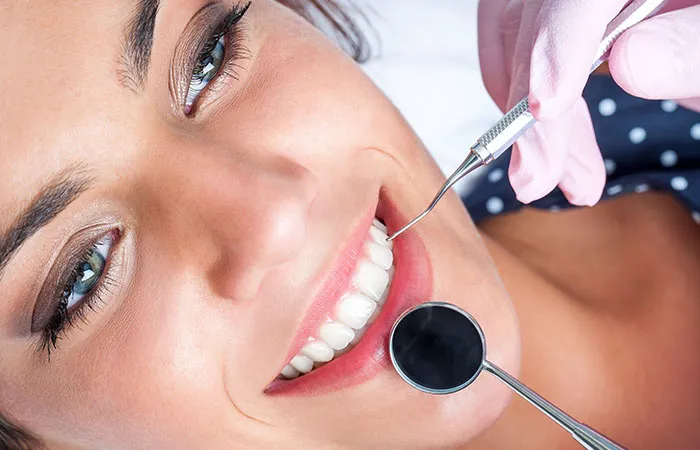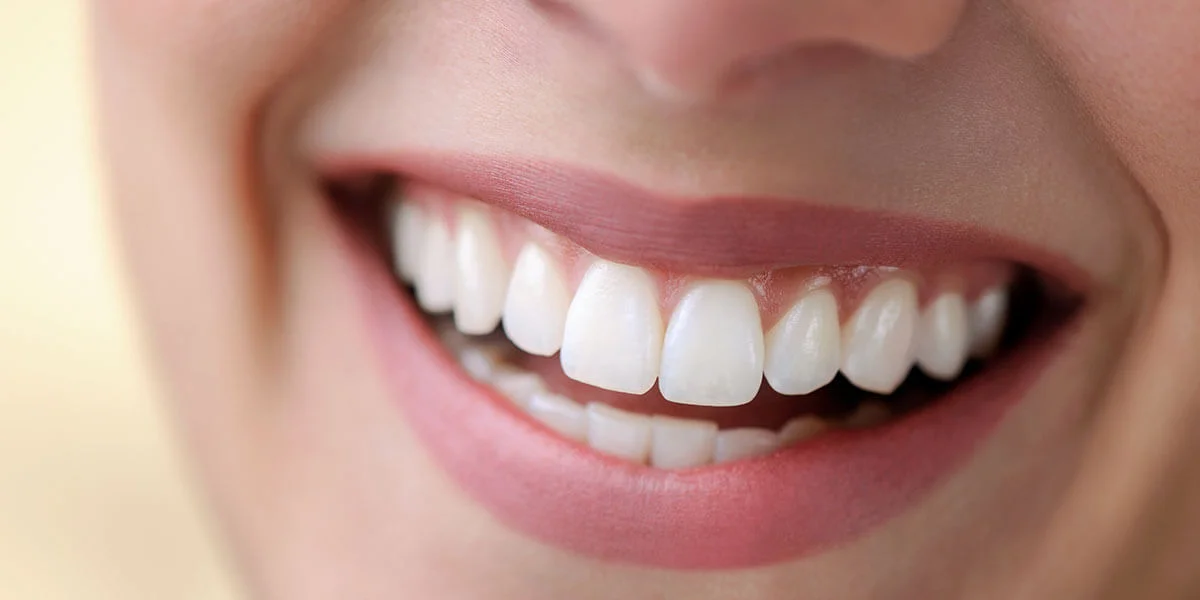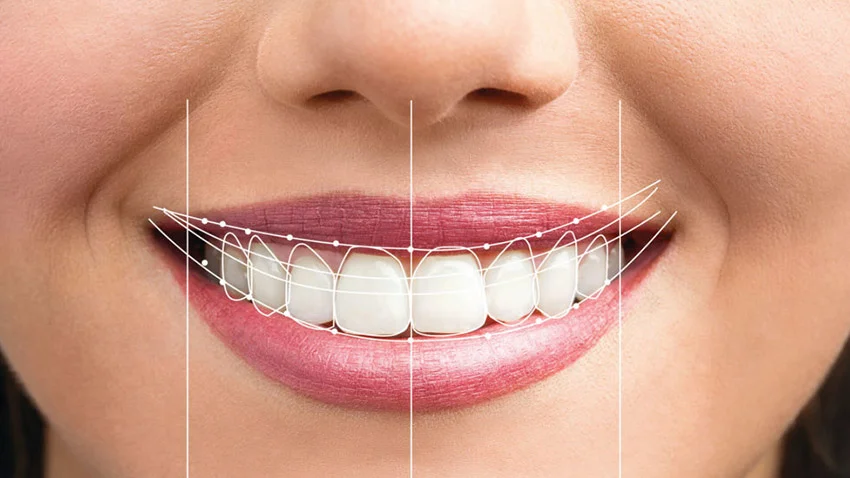Cosmetic dentistry refers to the branch of dentistry that focuses on improving the appearance of your smile. Modern cosmetic dentistry improves the appearance of your mouth, teeth, gums, and overall smile. Common cosmetic dental treatments include teeth whitening, dental bonding, and veneers.
Difference betweencosmetic dentistry&general dentistry
Your general dentist focuses on providing primary dental care. Their services include preventative care, like teeth cleanings, andrestorative dentistry treatments, such asdental fillings,crowns, and bridges. While general dentistry focuses on teeth health, cosmetic dentistry focuses onbeautifying your smile. They offer treatments aimed at improving the appearance of your teeth and gums.
Is cosmetic dentistry painful?
Depending on how invasive yourcosmetic dentistryis, it may feel uncomfortable but it’s never painful. Cosmetic dentistry such as crowns, veneers, fillings, and implants are done under local anesthesia, but fororthodontic treatment, composite bonding, and denture appointments no anesthesia is necessary.

Who benefits from cosmetic dentistry?
Undergoing cosmeticdentistrymay be an option for those with:
Chipped or cracked teeth
Small gaps or spaces between your teeth
Tooth discoloration and staining
Misshapen teeth
Misaligned teeth
Cosmetic Dentistry Types
Inlays and Onlays
This type of cosmetic dentistry procedure is also known as indirect fillings, which are made by a dental laboratory. In case a tooth has mild to moderate decay or insufficient tooth structure to support a filling. If the tooth cusps have no damage the inlay will be placed directly onto the tooth surface, but if the cusp is damaged, onlay is used to cover the tooth’s entire surface. Inlays and onlays are made in a dental laboratory from a composite of porcelain or ceramic material. You could also havetooth jewelryapplied to your teeth.
Composite Bonding
Composite bondingrefers to the repair of decayed, damaged, or discolored teeth using material that resembles tooth enamel color. First, the tooth decay is drilled out, and then the composite is applied onto the tooth’s surface. The composite is sculpted into the right shape and a high-intensity light is used to cure it. Bonding is one of the least expensive cosmetic dentistry procedures available to patients with tooth decay, chipped or cracked teeth, and worn-down edges.

Dental Veneers
Dental veneersare custom-made caps that go over your natural teeth. These medical-grade ceramics can resolve numerous cosmetic problems, ranging from crooked teeth to cracked or damaged enamel to noticeable gaps between two teeth.
Teeth Whitening
As one of the most popular cosmetic dentistry procedures,tooth whiteningcan be performed at the dental office in a single visit. Over the years, teeth become stained and worn from food, drinks, medication, and personal habits such as smoking. After removing plaque, tartar, and other debris from each tooth’s surface, your teeth whitening process will begin.

Implants
Dental implantsare used to replace lost or damaged teeth. During the procedure, your dentist will insert a small titanium screw into your jaw at the site of the missing tooth. This will serve as the support for a crown. Once the bone and supporting tissue fuse to the implant, they are permanently secured into place.
Conclusion
In conclusion, cosmetic dentistry encompasses a wide range of procedures designed to enhance the aesthetic appeal of one's smile. From teeth whitening and dental veneers to dental implants and orthodontics, each type of cosmetic dentistry offers unique benefits tailored to individual needs. These procedures not only improve the appearance of teeth but also contribute to oral health and overall well-being. As advancements in dental technology continue, the options for cosmetic dentistry are expanding, making a beautiful smile more accessible than ever. However, it's crucial to consult with a professional dentist to understand the best cosmetic dentistry option for your specific needs and circumstances.